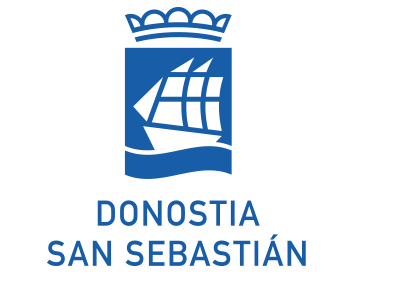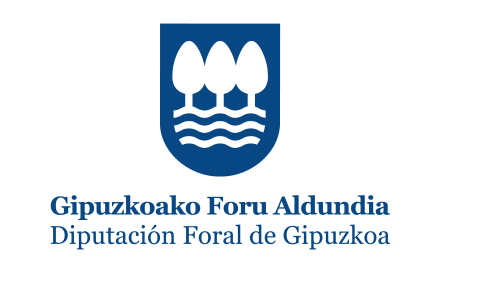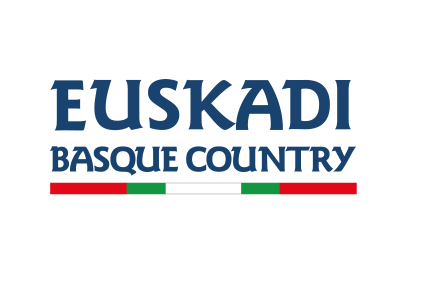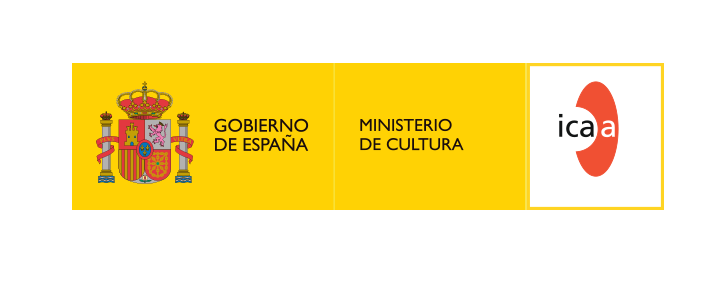French software company Kinetix took home the €10,000 Startup Challenge prize from this year’s San Sebastian Zinemaldia & Technology sidebar, held at and in partnership with Tabakalera, an international center of contemporary culture and technology based in the Spanish city.
In addition to the cash prize, the company is offered space in an incubator for a year at one of the Basque Technology Park Network’s BICs (Business Innovation Centers) as well as access to funding of up to €500,000 for development.
Kinetix has developed a set of AI-powered tools that offer 3D animators new methods to speed up the animation process by allowing users to upload a live-action video, generate an animated 3D character and edit the resulting animation.
“For us, your technological innovation was very disruptive,” the jury explained after making the announcement. “The benefits for the sector, the speed and the automation (of the process) were very attractive. And also, the possibility of coordinating with our Basque Technology Centers on future project and service developments. We wish you the best for the future, and the best collaboration with the Basque country here.”
“3D animation is often one of the most time consuming and costly parts of a production studio,” claimed Kinetix’s pitchman. “But it’s also very important, because it allows producers to tell their stories.
” After explaining the two main ways in which 3D animation is made today, the slow and labor intensive key frame animation and quicker but technologically prohibitive and far more expensive motion capture, the Kinetix team explained how their proprietary software allows anyone with access to a camera to create a 3D animated video themselves.
Kinetix uses artificial intelligence to watch uploaded videos and extract the motion of a character from the screen, before rendering it as a 3D model in a virtual setting. The resulting character can then be placed directly into video games, films and VFX production. Kinetix is currently building an end-to-end platform which will automate the entire workflow.
In its first year of operation, Kinetix has already amassed a user base of more than 3,000 animators and partnerships with several key French animation studios. Kinetix employs a full-time staff of 15 engineers, researchers and developers who are currently working on improving the software’s AI by feeding it more data. According to the team, the next step is adding hand and facial animations to their models.
Perhaps one of the most surprising aspects of Kinetix’s abilities is the amount of time required for a single render. According to the technical team, responding to a question from the judges, one minute of live-action video takes only about one minute to render.
The four other finalists which pitched were Klipworks, a Danish company which utilizes AWS web service technology to allow broadcasters to create a request for video content and for users, without downloading anything, to upload their related videos; and three Spanish projects: OWO Entertainment, designers and developers of a programmable haptic vest that reproduces physical sensations while watching a movie, playing a video game or listening to music; Panoramic Plates, a service for easily and cleanly shooting 360 degree moving backgrounds for film and television; and Raccorder, a mobile app for script supervisors which connects all the teams working on a film or TV production, increasing productivity and reducing errors between departments.
While the jury deliberated about the winning pitch, a roundtable on the benefits and limits to virtual production was held. Present were Mediapro’s head of innovation Pere Pérez, WeLab director Pedro Fernández, and Bernat Aragoné, editor and VFX supervisor at Antaviana Films.
Virtual production, defined as a confluence – definitely the day’s buzz word - of techniques and workflows to generate 2D and 3D content. Methods discussed included greenscreen, motion capture, previsualization and virtual, augmented and extended reality.
According to all three panellists, virtual production is still in, as Bernat put it, the “Stone Age.”
“Were still in the very early stages of these technologies being mentioned,” said Pérez. “We are going to see breakthroughs every year. Things like mocap and more sophisticated AI will take a lot of these technologies to the next level, and as hardware improves, we will see innovation on every level.”
“The confluence here,” said Fernández, “is for everything to be piped into one single production line. Right now, there are two different types of human and tech teams. There is one gaffer for the regular production and another for virtual, an art director for virtual and one for traditional.”
To that end, it was suggested that training and education could prove a bottleneck for progress but is the key to moving forward.
“This is the biggest challenge,” according to Peréz. There is a huge skill shortage now. There is demand for real time content production and people with the skills to do it. It’s about training, talent acquisition, upscaling people from traditional to new ways of working and helping virtual natives understand how traditional methods work.”
Jamie Lang




